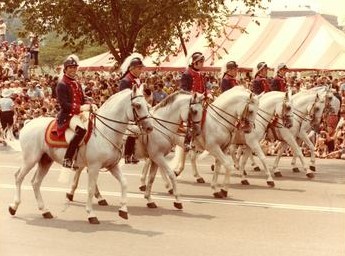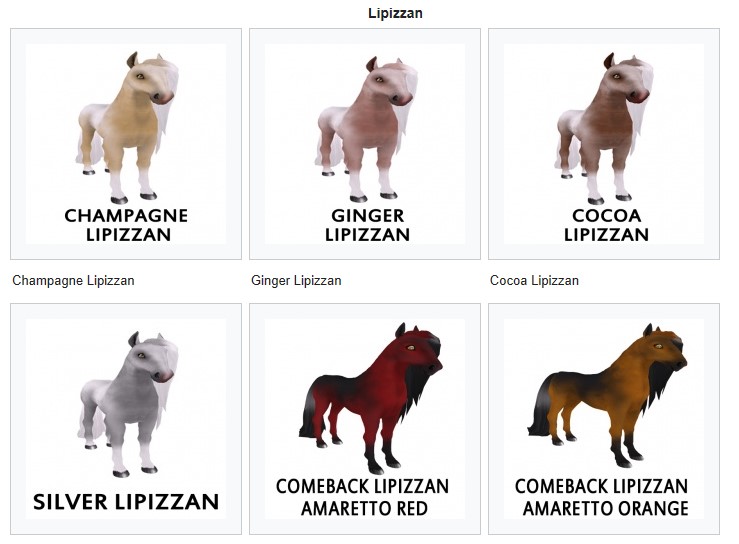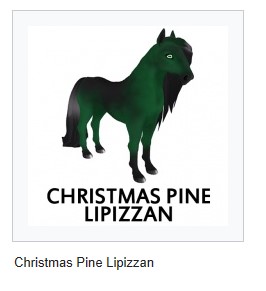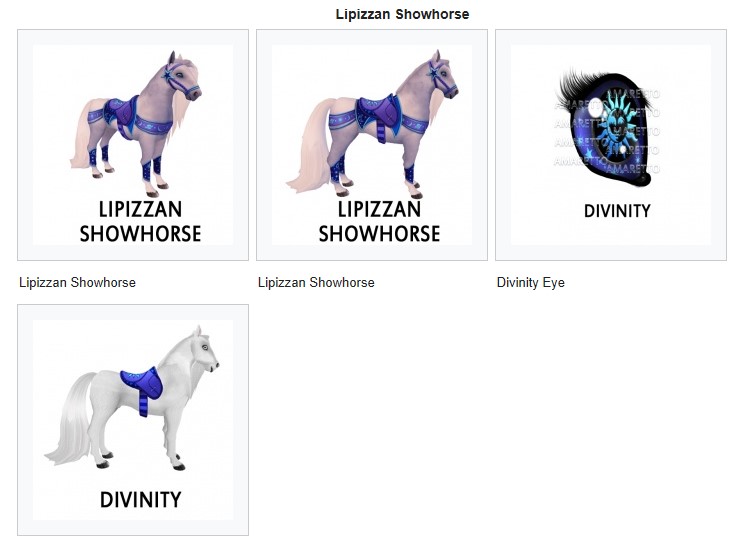
Speaking in chat the other day, and talking about nostalgic memories of days gone by brought to mind when i used to watch parades and wait with anticipation for the mounted horse groups. One of my favorite groups was the Lipizzans. Those beautiful white and grey horses with their flowing manes and tails, the elaborate uniforms of the riders, the majestic choreographed movements of the both were a treasured memory, altho I didn’t get to see the full performance until decades later. Lipizzans have a rich history as a breed. The Lipizzan, or Lipizzaner, is a breed of horse originating in Lipica in Slovenia. Established in 1580, the Lipica stud farm is the world’s oldest continuously operating stud farm.
The Lipizzan breed dates back to the 16th century, when it was developed with the support of the Habsburg nobility. The breed takes its name from one of the earliest stud farms established, located near the village of Lipica (spelled “Lipizza” in Italian), in modern-day Slovenia. The breed has been endangered numerous times by warfare sweeping Europe, including during the War of the First Coalition, World War I, and World War II. The rescue of the Lipizzans during World War II by American troops was made famous by the Disney movie Miracle of the White Stallions. The breed has also starred or played supporting roles in many movies, TV shows, books, and other media.

Aside from the rare solid-colored horse (usually bay or black), most Lipizzans are gray. Like all gray horses, they have black skin, dark eyes, and as adult horses, a white hair coat. Gray horses, including Lipizzans, are born with a pigmented coat—in Lipizzans, foals are usually bay or black—and become lighter each year as the graying process takes place, with the process being complete between 6 and 10 years of age. Lipizzans are not actually true white horses, but this is a common misconception. A white horse is born white and has unpigmented skin.
Until the 18th century, Lipizzans had other coat colors, including dun, bay, chestnut, black, piebald, and skewbald. However, gray is a dominant gene. Gray was the color preferred by the royal family, so the color was emphasized in breeding practices. Thus, in a small breed population when the color was deliberately selected as a desirable feature, it came to be the color of the overwhelming majority of Lipizzan horses. However, it is a long-standing tradition for the Spanish Riding School to have at least one bay Lipizzan stallion in residence, and this tradition is continued through the present day.

The moves the Lipizzans are famous for, the “airs above the ground” are the difficult “high school” dressage movements which include the levade, the courbette, the croupade, the piaffe, and the mezair. These moves were considered to be moves used by war horses when in a battle, to help their riders.

On September 24, 2016 Amaretto released the Amaretto Comeback Packs!! These packs included one of each Comeback Lipizzan – Amaretto Red and Comeback Lipizzan – Amaretto Orange Horses. In October, with the 5.5 update they brought out new starter horses which included the Champagne, Ginger, Silver, and Cocoa Lippizzans, follow by the Christmas Pine Lipizzan in December. All of these starter coats could pass their coats except the Christmas Pine!


In September of 2018, they brought out the familiar white coat of the Lipizzan with the Showhorse. From September 1st to September 30th if you bred any 2 Lipizzans together you could have a chance at getting a Lipizzan Showhorse!
The Lipizzan Showhorse can NOT pass their coat.
However, the Divinity Eye and the Divinity Saddle DO have the ability to pass.

I hope everyone enjoyed a little background on a fine historic horse. Happy Breeding!
Both comments and pings are currently closed.
 Filed Under :
Filed Under :  Jun.5,2020
Jun.5,2020